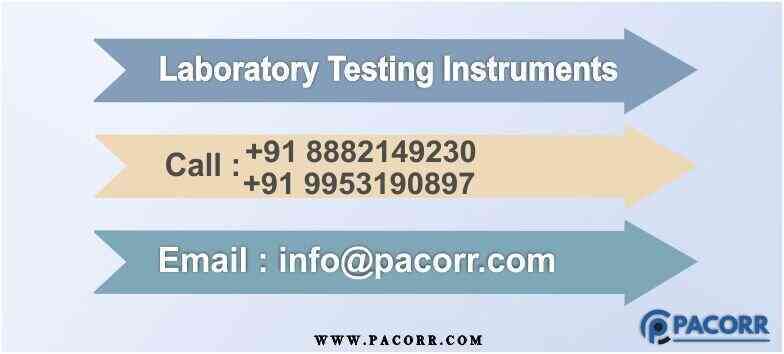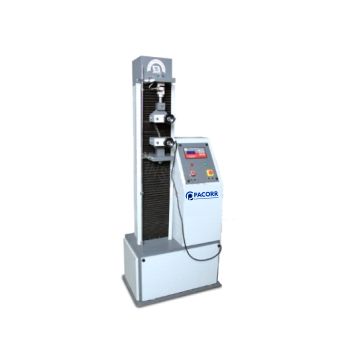
Apply Tensile Test on Materials to Check Its Longevity
 When a metal is used in industries, then there are many different types of forces acting upon the metals. These forces can compress it, pull it or cause corrosion of the metal. Now if the metal is not strong enough and is not capable of bearing such forces, it can fail and can cause serious accidents. This demands rigorous testing of metals and metallic products to ensure that they will not fail during extreme working conditions. One of the major indicators of the strength of metallic products is their tensile strength. The manufacturers must perform tensile testing procedures for ensuring the best strength of the metals. Tensile Strength Testing applies a pulling force to material and evaluates the sample until it breaks. A lot of precision is needed to conduct this test. Pacorr manufactures and designs tensile strength tester to perform material testing. The Tensile Testing Machine is used to evaluate metals, plastics, rubbers etc. It works on the principle of the Constant Rate of Traverse (CRT). It’s a highly reliable and stable machine that is built on a heavy base using mild steel. Tensile tests determine how strong a material is and how much it can be elongated. Tensile tests are conducted on electromechanical instruments and are simple to perform. They are fully standardised machines.
When a metal is used in industries, then there are many different types of forces acting upon the metals. These forces can compress it, pull it or cause corrosion of the metal. Now if the metal is not strong enough and is not capable of bearing such forces, it can fail and can cause serious accidents. This demands rigorous testing of metals and metallic products to ensure that they will not fail during extreme working conditions. One of the major indicators of the strength of metallic products is their tensile strength. The manufacturers must perform tensile testing procedures for ensuring the best strength of the metals. Tensile Strength Testing applies a pulling force to material and evaluates the sample until it breaks. A lot of precision is needed to conduct this test. Pacorr manufactures and designs tensile strength tester to perform material testing. The Tensile Testing Machine is used to evaluate metals, plastics, rubbers etc. It works on the principle of the Constant Rate of Traverse (CRT). It’s a highly reliable and stable machine that is built on a heavy base using mild steel. Tensile tests determine how strong a material is and how much it can be elongated. Tensile tests are conducted on electromechanical instruments and are simple to perform. They are fully standardised machines.
Manufacturers of metallic products need to perform the tensile test on their products is to measure the elongation in the materials before breakage while it is pulled. A complete profile of its tensile properties can be obtained such as Stress and a Constant Rate of Traverse. Strain curve of the data results shows how the material reacts to the forces that are applied. The point where the sample breaks are the matter of interest for important properties include the modulus of elasticity, strain and yield strength.
Test method:
- The sample is placed between two fixtures called grips which are used to clamp the material. The sample material has dimensions such as cross-sectional area and length.
- Apply weight to the material gripped at the extreme end keeping the other one fixed.
- Keep increasing the weight or the load, while at the same time measure the change in the length of the sample.
- Measure the change in length by adding weight until the part begins to stretch and breaks.
- The result of this test is a graph of load versus displacement i.e. amount it stretched.
The amount of weight required to stretch the material depends on the size of the material and the properties related to it, comparison between the materials are difficult to analyse.
Pacorr’s Tensile Strength Tester details the tensile strength of the materials for industries ranging from rubber to metals. The testing machine comes complete with a user manual and a calibration certificate approved by the National Accreditation Board for Testing and calibration laboratories. It is manufactured as per ASTM D 638-01, ASTM D412-6a, ASTM D429-73 and ASTM D624 standard and other related norms. The machine has various electrical tools such as micro switches, main switch and relay for safe and convenient operations.

